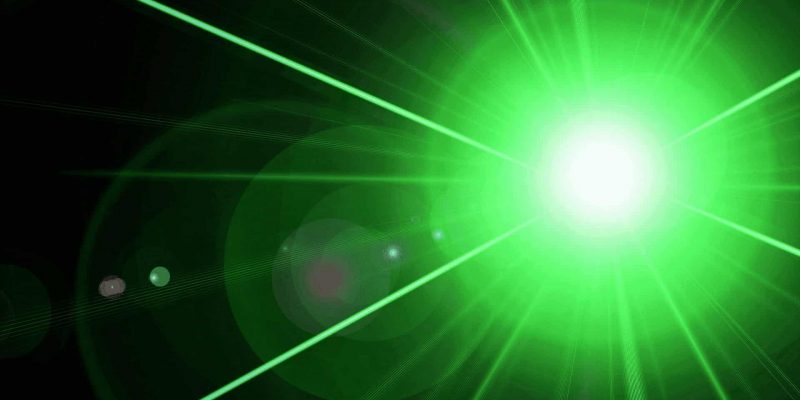WHAT IS PRECISION LASER CUTTING?
The process of laser precision cutting refers to the extremely precise cutting or severing of an object using a continuous or pulsed laser beam. This process is used if two or three-dimensional and very precise processing is required.
In contrast to other cutting processes – like e. g. punching –, laser precision cutting can be used economically even for very small batch sizes. Almost all metallic materials can be cut with the laser precision cutter.
We distinguish different methods. Manufacturers offer various combined machines that make punching and laser cutting of any contours possible at the same time. For this purpose, we use high-power lasers. Diode-pumped fiber resonators as beam source are state of the art. These so-called fiber lasers enable both a constant and flexibly controllable energy input.
POSSIBILITIES OF APPLICATION
Precision laser cutting is used for complex contours that require force-free processing. A wide range of materials can be cut thanks to this process. The results: narrow kerfs and high-precise cuts.
This process is currently one of the most practical variants of cutting materials. Due to a very high precision, post-processing becomes unnecessary in most cases. Most materials can be cut with almost burr-free since hardly any heat penetrates the components. It takes some knowledge and experience to adjust the parameters of the laser radiation for the specific purpose. Wavelength, power, and pulse energy are factors that play an important role. The microscopic ablation mechanism is determined by the pulse duration and the irradiance.
The potential of laser cutting is essentially derived from the high localization of laser energy input. It truly benefits from small focus diameters and a small kerf width. A high feed rate and minimal heat input are also characteristics of the laser cutting principle.

